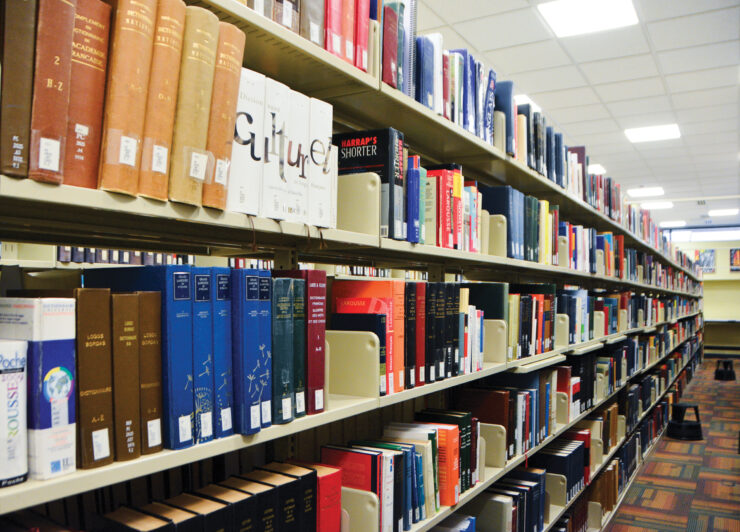Brightspace reportedly selected with students and professor feedback
As the new school year begins, one of the biggest changes that students will see is the new learning management system (LMS), Brightspace.
The program, which is designed to enhance student engagement with courses through the online database, was launched on May 1 for the spring/summer semester, and will be in full use for all students for this fall.
Michel Marcheterre, manager of the University of Ottawa’s Learning Technology Systems and Networks, said that when a service or item costs over a certain amount of money and the contract ends or the item needs replacement, the procurement process is to open a request for proposal (RFP), which is a type of bidding solicitation.
The university chooses a winning bid based on a set of pre-established criteria, and after going through an extensive elimination process, the U of O selected Desire2Learn’s Brightspace.
In October 2015, the department of learning technology systems internally ranked all the tools that are essential to students and professors on campus, as well as features that have no longer served any purpose.
According to Marcheterre, they also collected feedback from students and professors and compiled a list of requirements that will be the basis of ranking all the databases in order to decide which will be best suited to what students and professors need. These rankings were based on mandatory factors such as bilingualism, accessibility, mobile friendliness, and much more.
However, not everyone agrees that students were properly consulted. Jean-Philippe Dubé, who was a student rep on the university senate when the move was announced, told the Fulcrum earlier this year that the process was decided largely within the senate without much student input.
According to Marcheterre, Brightspace look is what they call the daylight experience, and the U of O was “the first school to adopt this look and feel.”
Marcheterre said that the process of picking vendors was publicized on their website, and when it came to meeting vendors or choosing features, “the whole process was very transparent.” He believes that students got to be involved in the process, which is something they appreciated.
“To me that was very important,” said Marcheterre, highlighting that an LMS steering committee was part of the process for the implementation of Brightspace. “This (committee) will drive the adoption of new technologies.”
Many students seemed to have challenges with their courses and syllabi being available during the first week of classes. “Getting used to the new system took a little time as there were quite a few tabs to explore,” said Daryna Timoshchenko, a second-year accounting student.
“The biggest annoyance I’ve faced is some of my courses not being up until the end of the first week or documents from previous years being posted, but I credit that to the many difficulties the professors seemed to face as most have pointed out getting used to the new system,” said Timoshchenko.
While Marcheterre acknowledged the issues that students had with Brightspace, especially as the new year begins, he said that these issues are “combination of a few different things that went sideways on (them)” and that he and his team “had to work with IT services and Desire2Learn…to make sure (they) figured out all the causes for this issue not to happen.”
Many of the features were also geared towards simplifying the online experience for professors, such as a drag and drop navigation system, and a more simple exam interface.
A mobile application called Pulse is also available for all students for free that provides notifications and allows assignments to be posted on the go.
“We are always looking to make things better,” said Marcheterre.





